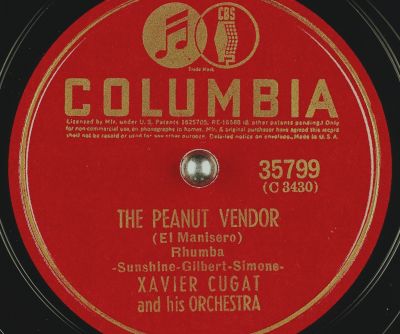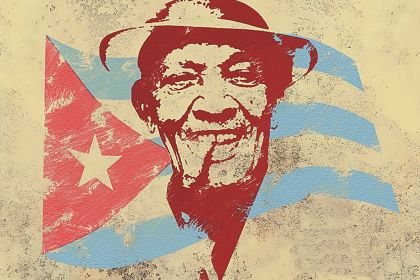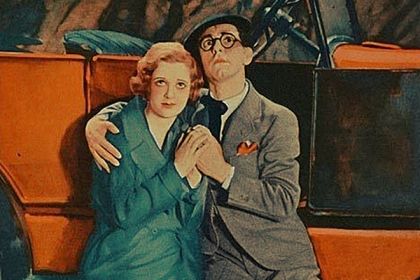SONGWRITER
El Manisero: essential rumba song behind Caribbean music world expasion

The Peanut Vendor
El Manisero or The Peanut Vendor is an essential rumba song written circa 1928 by the leading Cuban composer Moisés Simons. Currently, the song is associated with the first breakthrough of Caribbean music on the European and American pop scenes, where it caused a wave of rumbamania and also served as the impetus for the birth of Cuban jazz.
Indeed, at the very beginning of the 1930s, there was an all-out fashion for rumba orchestras, and their rhythm sections were dominated by innovative percussion instruments such as maraca, claves, güiro, bongos, and timbales. Most of that percussion, then massively produced for the music industry, has so pervaded all popular genres that the Cuban origin of these instruments is rarely remembered.
According to one version, the El Manisero lyrics were inspired by the fervent cries of a street peanut vendor that Moisés Simons heard from a small Havana cafe patio while nursing a cup of coffee. The song is composed in the popular Cuban genre son-pregón where son refers to a dance that originated in the highlands during the late 19th century and pregón is a Spanish word meaning announcement or street-seller cry.
Although El Manisero was first recorded by Cuban singer and actress Rita Montaner, another version of Don Azpiazú and his Havana Casino Orchestra gained serious popularity, becoming the number one hit in the United States in 1931.
Listen to Moisés Simons' El Manisero (The Peanut Vendor) performed by Don Azpiazú and his Havana Casino Orchestra:
Curiously, El Manisero was one of the first and rare cases when the popular music piece helped improve a composer's financial condition. In the first 15 years after the song's release, Moisés Simons earned over $100,000 in royalties, which was simply unthinkable for a Cuban composer at the time.



